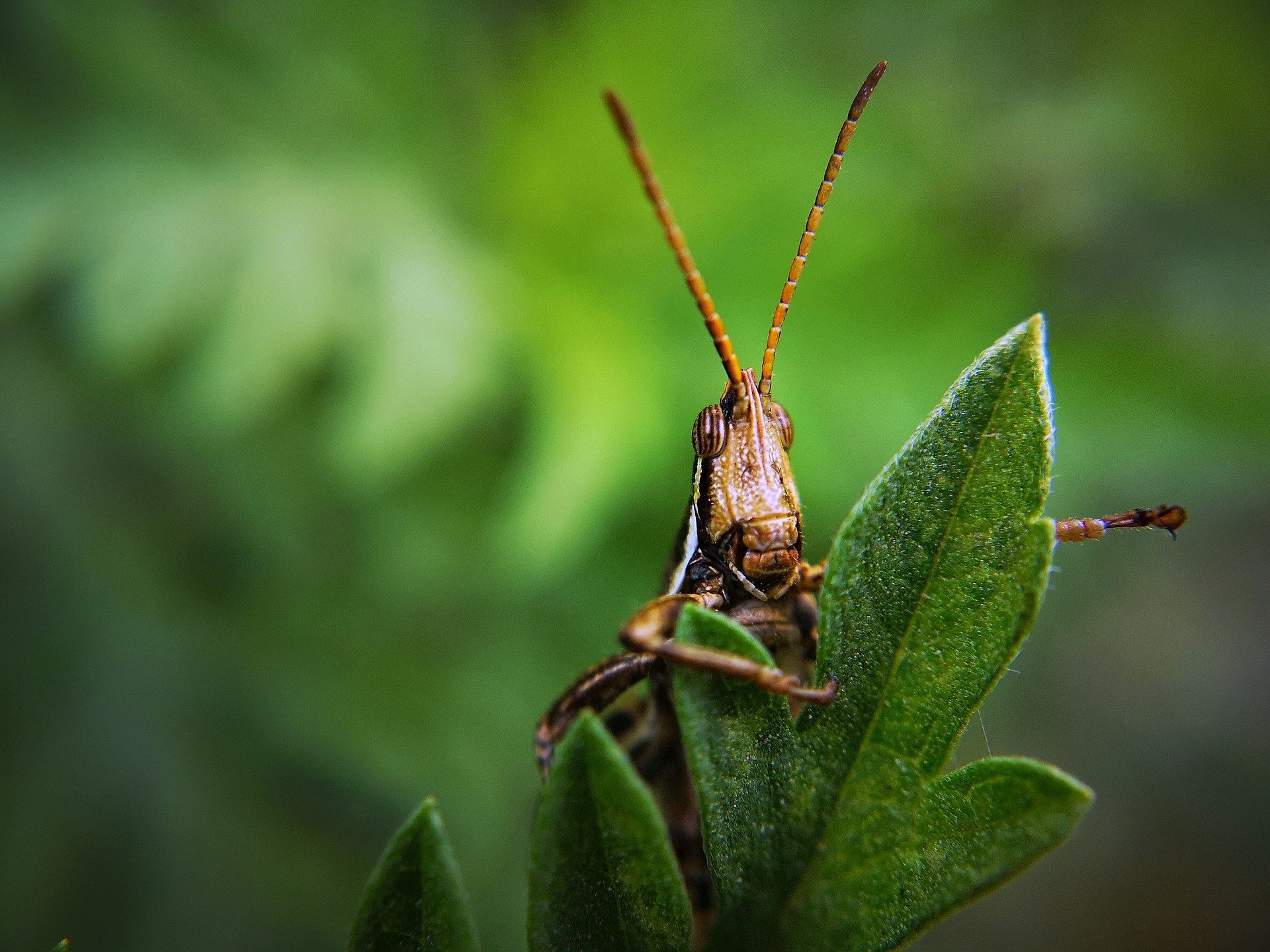
- 11 Nov 2021
- Leroy Silva
- Blog
- Comments: 0
Most gardeners have to deal with plant-eating bugs in their vegetable. At some point garden pest populations can sometimes reach unmanageable heights. The tiny critters aren’t only a nuisance; they’re also a health hazard. Exposure to synthetic chemical pesticides is becoming a growing concern for gardeners.
Rather than using pesticides, many of us would prefer to use other means of pest control. In the fight against garden pests, prevention is by far the most effective strategy. In the first place, keep them from nibbling on your plants. The good news is that keeping pests out of your garden is now much more straightforward than it was previously.

How to keep a Garden pest and its practical guide:
Robust plants are easy to care for. In the eyes of this horticulturist, it’s a no-brainer. To keep pests out of your garden, this is the most crucial step. Your plants’ ability to defend themselves against and improves as their health. Ensure your soil is well-fed with organic matter before you plant your plants, and then place them in locations where they can thrive.
Growing healthy, happy plants is one of the most straightforward methods of keeping your garden pest. Physical barriers can be used to create a wall. It is helpful to create a physical barrier between the plant and the bug to keep pests out of your garden. Floating row covers, which are lightweight, can be used to protect plants from pests.
Wire hoops or spun-bond fabric was resting on top of plants. Pin the sides of the cover to the ground and leave plenty of slack in the body. Specifically to defend against creepy crawlers and other similar species. My cabbage, broccoli, and kale are protected from cabbageworm caterpillars by using a row cover. When the plants begin to flower, remove the row cover to allow pollinators to get to them.
Insects that are useful to the ecosystem should be encouraged:
While pollinators are lovely in the garden, beneficial insects that consume nuisance insects are even better. These include ladybugs, lacewings, minor pirate bugs, parasitic wasps, and damsel bugs, to name just a few of the many species.
Garden Pest and other benefits contribute naturally to the reduction of their numbers. To eat the bad guys or use them as a home and food supply for their growing young. Nectar can only be sourced from a specific sort of floral architecture.
Can find beneficial insect-friendly plants on this list. The more helpful insects you have around, the less likely you are to encounter pests. Preventative measures can help keep insect populations from becoming out of control. In the end, it’s about finding the right balance. They can prevent garden pest outbreaks with the help of beneficial insects.

Intercropping can be used in Garden Pest:
Increasing the variety of your vegetable patch might also help to keep pests at bay. There are annuals and flowering herbs that may have a more challenging time finding their host plants if that’s the case. Make sure you don’t just plant one thing in a row or block.
Should avoid small monocultures at all costs. It is necessary to find and validate that a specific plant is a good host. Garden pest may need to land on the plant multiple times before they can do any damage. It is more difficult for pests to find their prey when crops are interplanted, as the problems may settle on a different plant species each time they visit.
